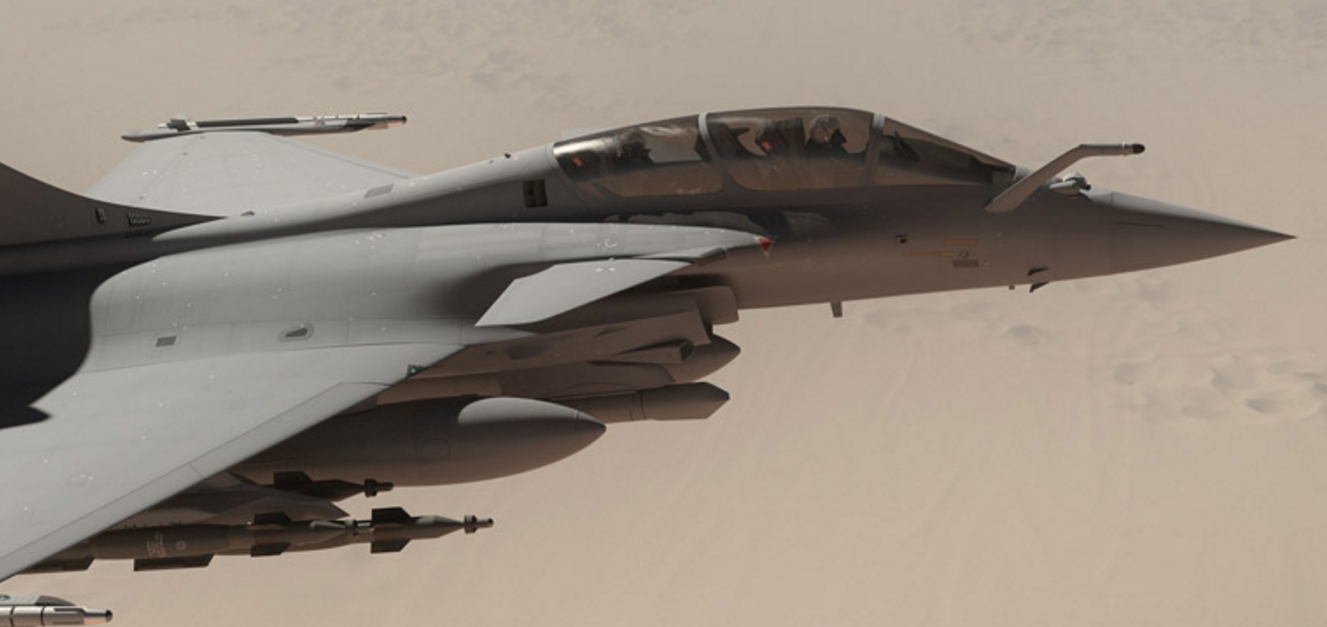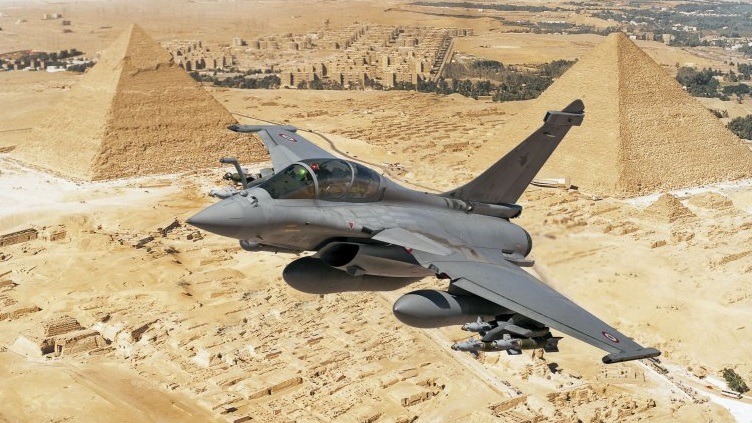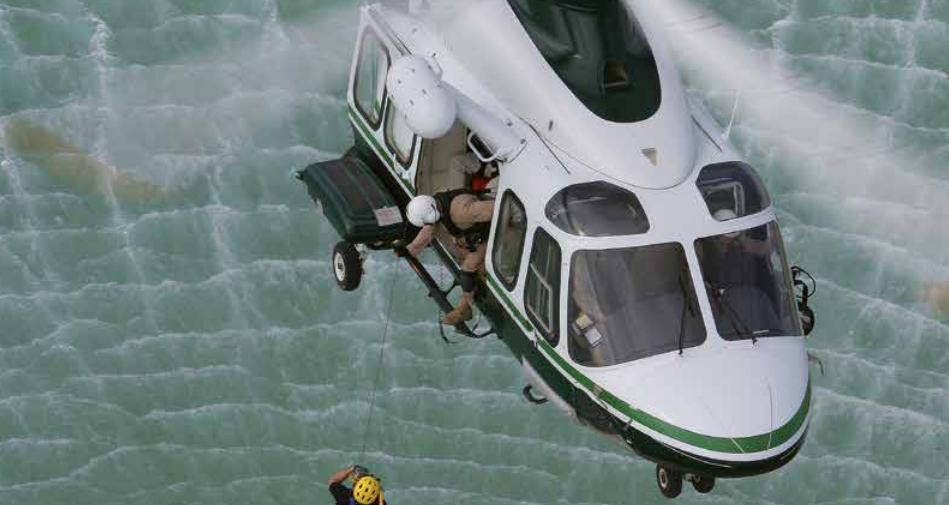2816Views 12Comments

India may not procure additional Rafales; another platform?
According to Defense News, the Indian Ministry of Defence (MoD) is not yet firm on the idea of procuring additional Dassault Rafale multi-role fighters on top of the 36 recently signed for in September (in an $8.8 billion U.S. contract).
An MoD source told Defense News that at this time, a follow-up acquisition is not on the table. Moreover, the current Rafale contract does not include a clause for optional units; additional fighters would have to be ordered in a separate contract, potentially at a different price.
Analysts speaking to Defense News believe this is a tentative issue. Ultimately, the Indian Air Force (IAF) has a requirement for a substantial number (126 as per retired IAF Air Marshal Daljit Singh) of medium-weight multi-role fighters, and additional Rafales – or another comparable platform – will be sought.
Notes & Comments:
In 2016, the Government of India’s contracts with Boeing (for CH-47F Chinook and AH-64E Apache) and Dassault have enabled these two companies to generate strong defence industry and armed forces in-roads in India. Tata Group and – as of this week – Anil Ambani’s Reliance Group have been the leading recipients of Boeing and Dassault’s commercial offset commitments, respectively.
Should India’s MoD release another fighter medium-weight fighter bid, Dassault and Boeing should be viewed as the leading competitors (by virtue of their existing industry presence in India).
Fleet rationalization (i.e. avoiding the needless growth in the types of fighters operated) could become a core priority for the IAF moving forward, so as to improve the ease at which it could maintain a high operational rate with its fleet and to scale existing investments in maintenance infrastructure. In effect, the Dassault Rafale should be the favoured platform.



12 Comments
by SS_IND
The current contract has an extension upto 18 more planes…from 36 to 54….India will conduct trails for Gripen NG, Rafale, F-16V and F/A 18 Super hornet but this could only be a trick to reduce the price for the future contract. Its almost clear that no matter how much Lockheed and Boeing woo India … India is interested only in Gripen and Rafale. It will mostly the Gripen NG with the extension of Rafale contract with the naval version for INS Viraat they both provide latest technology with modern avionics. India would never choose the 40 year old F-16 and F18
by SS_IND
As far as the F-16 is concerned India has Tejas which with the new GE 414 engine would be a equal or even a better fighter due to composites and lower price. F-18 dont have a chance as it is a twin engine fighter. India would go with an extension of contract for Rafale including the numbers required for the INS Viraat and INS Vishal(GOvt already told Navy to evaluate Rafale as a Carrier Jet). With Make in India would manufacture and sell Gripen NG (IAF) and Rafale (IAF and INS). And focus on Tejas, FGFA and AMCA….
by MT
f16 block70 should be produced with max tech transfer as part of MMRCA deal.
rafale require lots of money so india ll hv to wait
by SP
It would make no sense for India to operate a small fleet of Rafale and not to make further purchases. However it may be that India feels that in early 2020s with the wider use of 5th generation combat aircrafts it may be in a stronger negotiating position to get more favourable terms from Dassault because Rafale will be a depreciating asset for Dassault so they may be happy to get any mileage they can out of it.
by GhalibKabir
Considering the Mirage/Rafale Infra already available, it would be a good choice to go for a 36 Tranche 2 order at least. Else maintenance infra optimization is likely going to be affected. 36 jet fleet as of now is neither here nor there.
by Manju
I would differ with you in case of F-16 which looks more likely because of strategic reasons(India wants autonomy of giving service/spares and sales of F-16) which US is reluctant to give because of which negotiations are still going on. Moreover India wants the conditions attached with F-16 purchases removed. Us poses strict rules on usage of these planes against its “friendly” countries. Going for the latest F-16 might also give India access to latest US missiles and weapons attached.
by Manju
Nope Tejas uses GE404 engines and negotiations are still underway for 414 acquisition and F-16 uses Pratt and Whitney which is way better and durable than GE turbofan engines.
by Manju
Grippen falls in same category as Tejas and also more or less an assembled fighter with multiple countries manufacturing different parts the only superior thing with Grippen is its Radar.
by SS_IND
We dont need the US weapons as India is already moving forward in that direction with the meteor and indigenous Astra….further these conditions that US puts it what make no sense ….we cannot operate a production line based on the conditions put by a third party for its interest.
by SS_IND
True that Gripen and Tejas fall into the light fighters….but this also is a good thing as they can be co-developed, with a better cost in mind (we have to replace a lot of Mig-21s and Tejas production is still 4 per year). There is no doubt in the medium category Rafale is going to be Indias top pick as having only 36 makes no sense. India will increase the no of Rafales for IAF and INS for its carriers. They production line of Rafale and Gripen including Tejas Mk-II would provide Indian aerospace market dominance in Asia.
by SS_IND
F-16(4 Gen) are going to be more expensive than Gripen with older technology as compared to Gripen NG (4.5+). Gripen is a cost effective fighter which would give IAF the latest in airborne inter-networking and communications. US as always will put restrictions on sales and technology. And may also ask India to take there permission before any further sales (if any).
by GhalibKabir
The claim that PW is way better than GE does not stand up to actual US airforce testimonies. The PW-100 despite its brute thrust, there were performance restrictions in the air due to afterburner blow-outs or stalls or other maintenance issues on the ground affecting F-16 availability. The GE-110 removed most of these issues and much better when the F-16 was heavily loaded… apparently the PW was better once the plane was in the air in terms of maneuverability and sustaining high speeds at higher altitudes.
Source: Actual testimonies by a dozen pilots with a combined 36,000 hours in 25 years on the F-16.